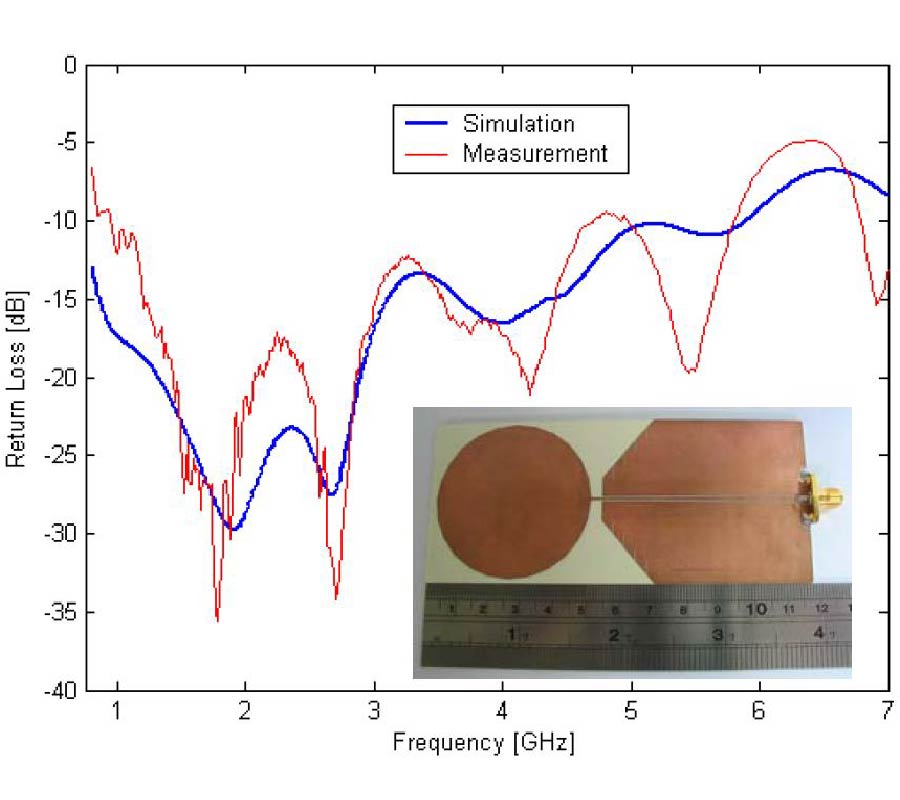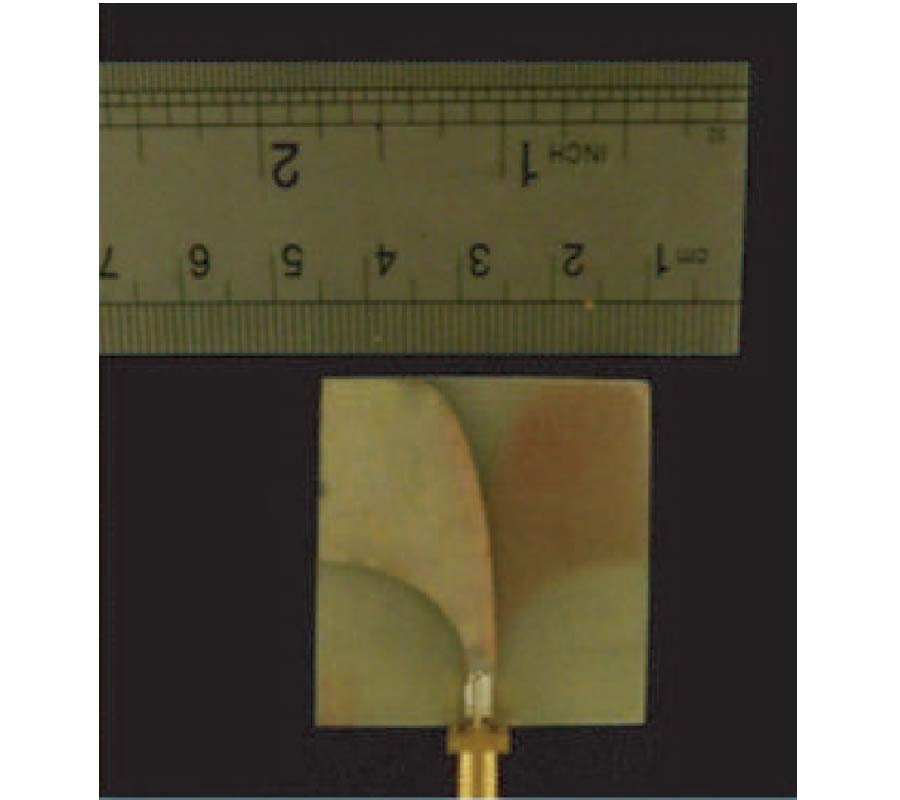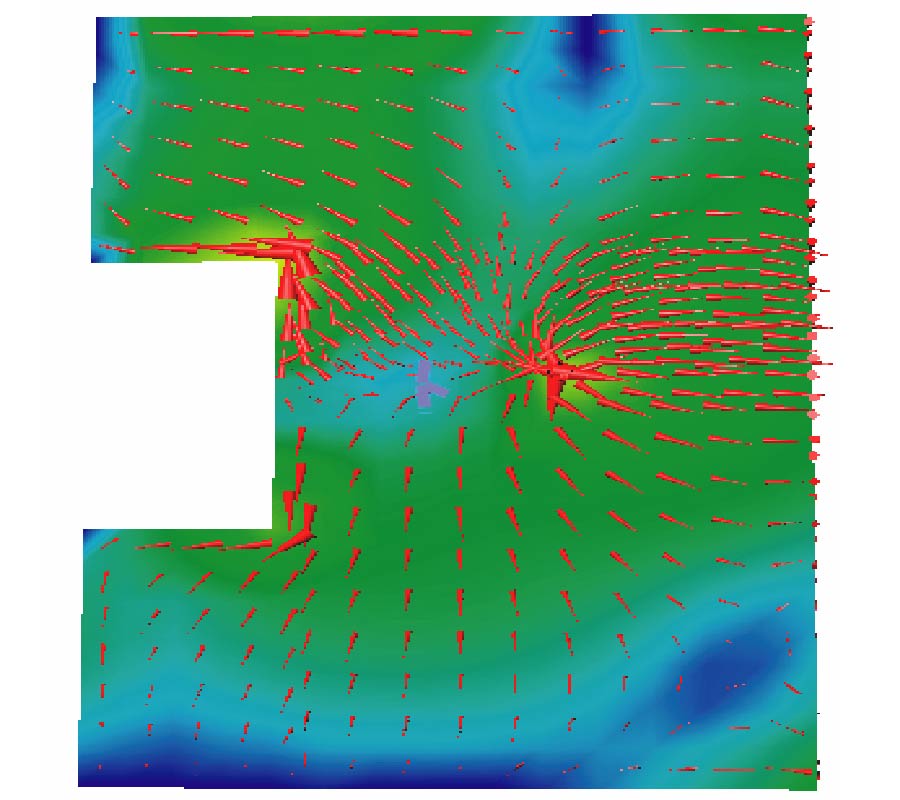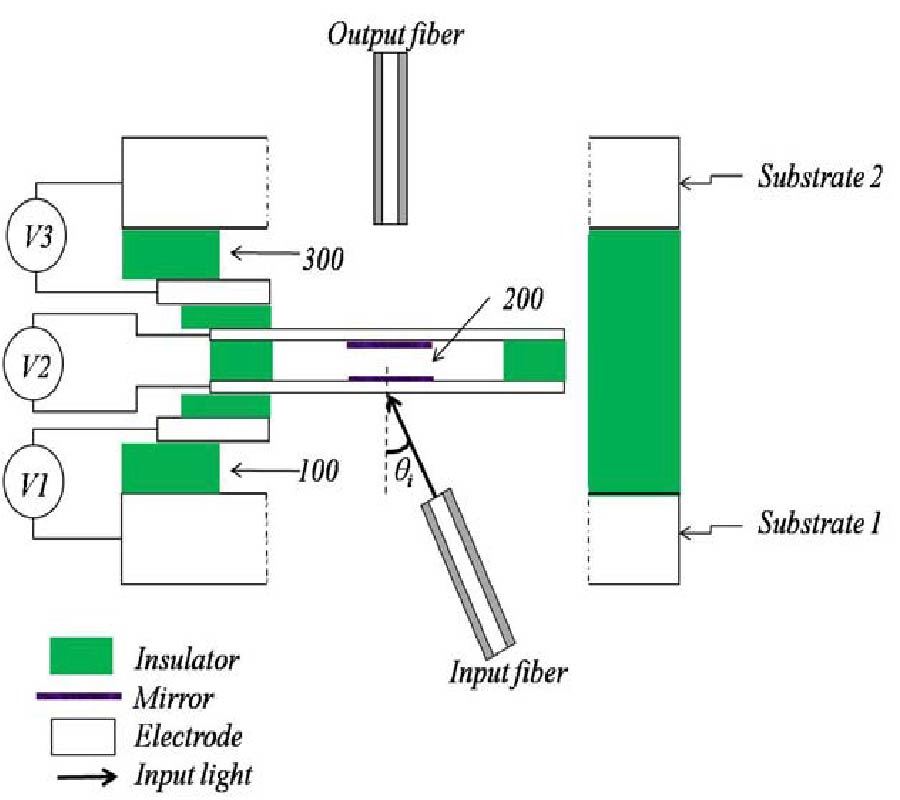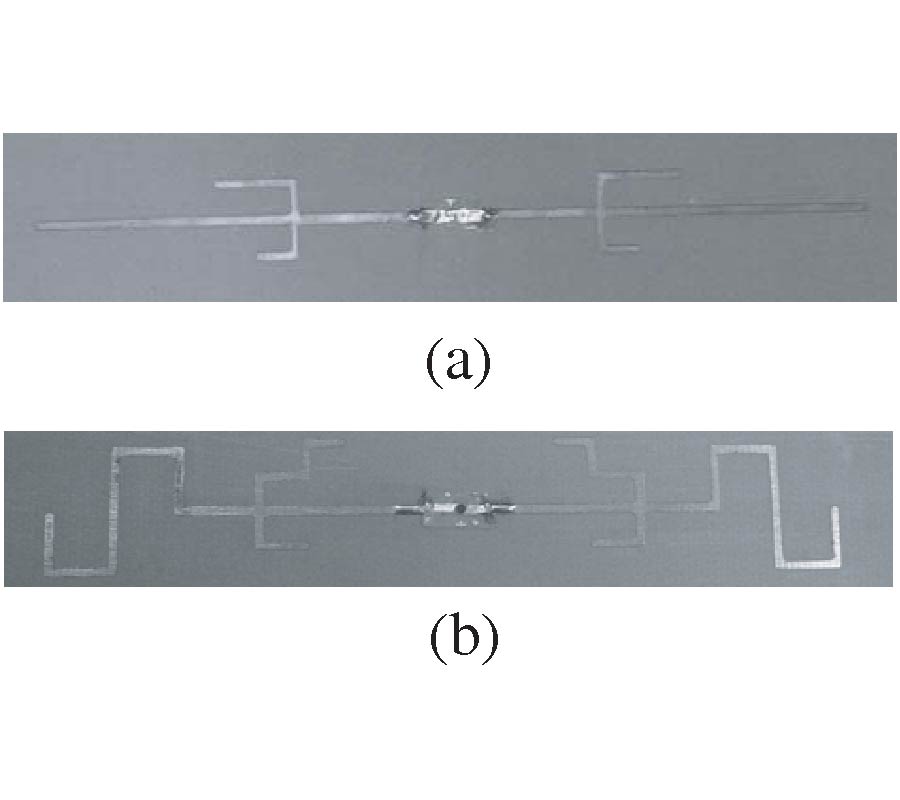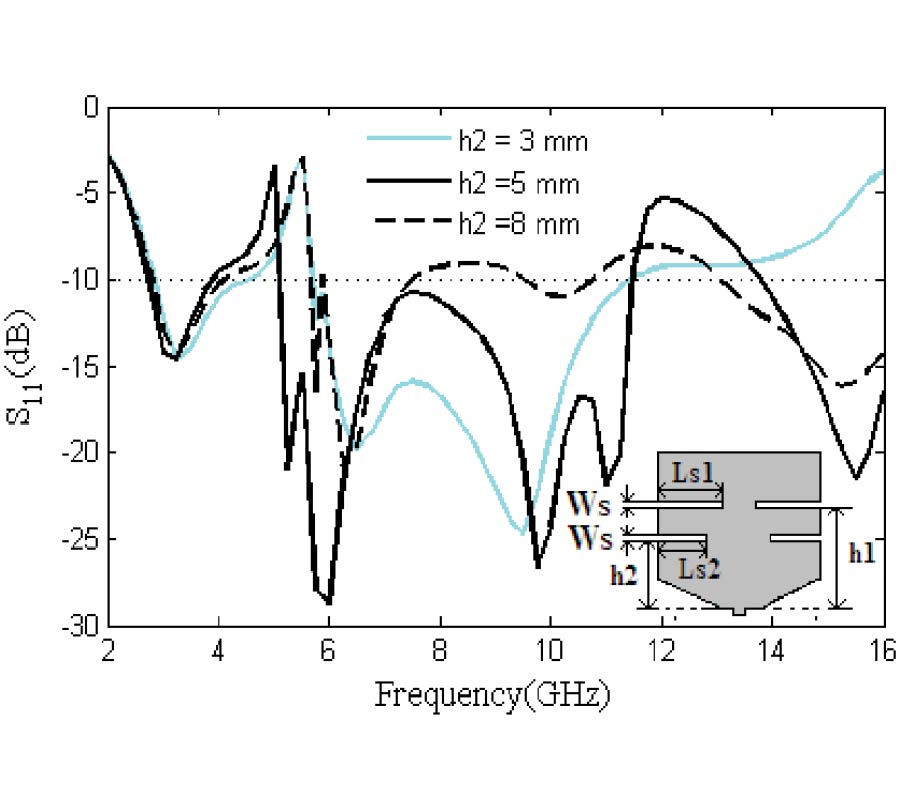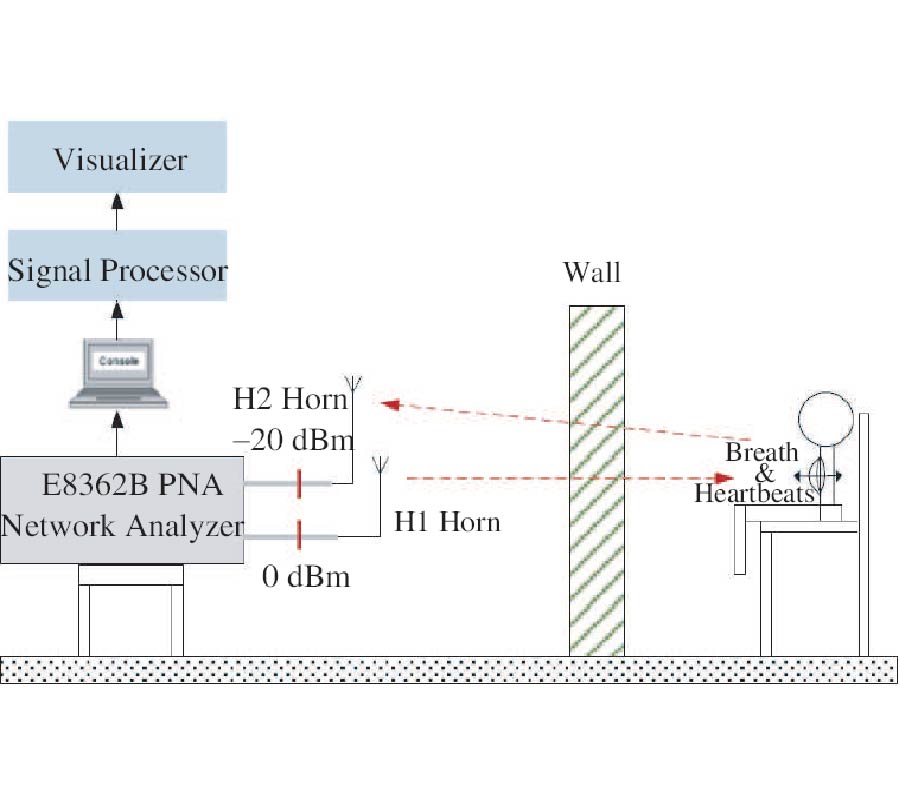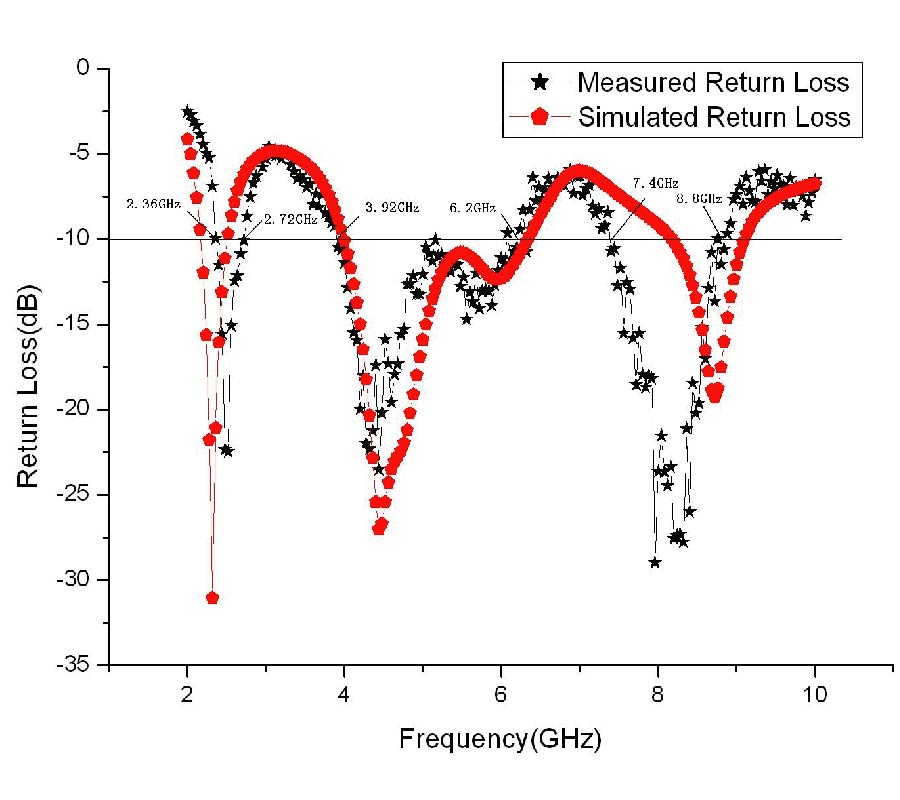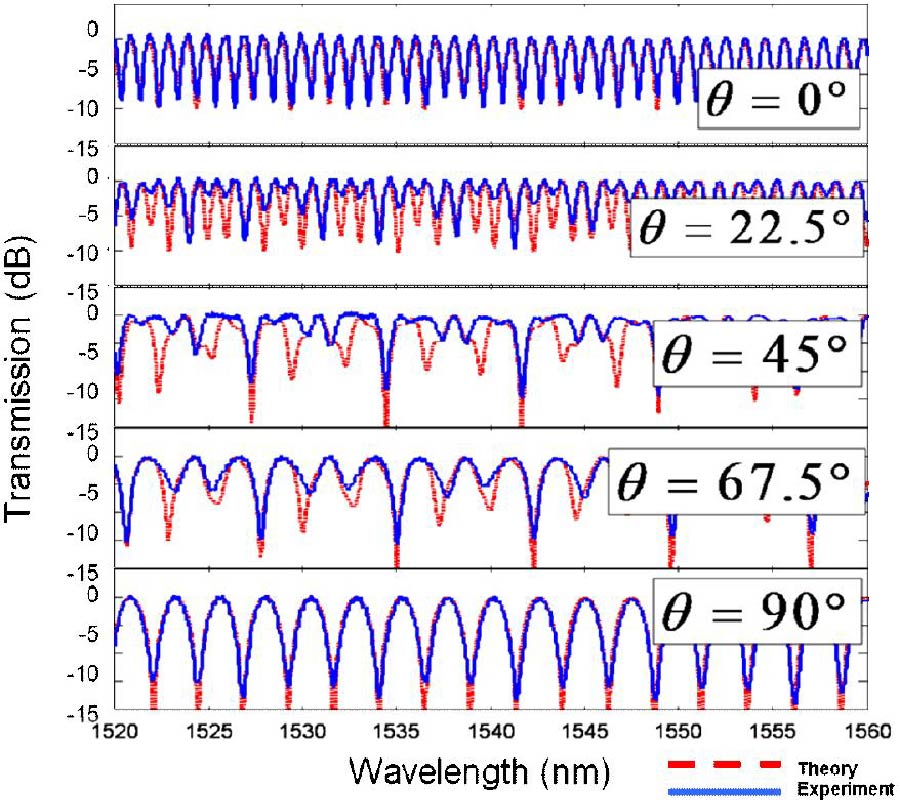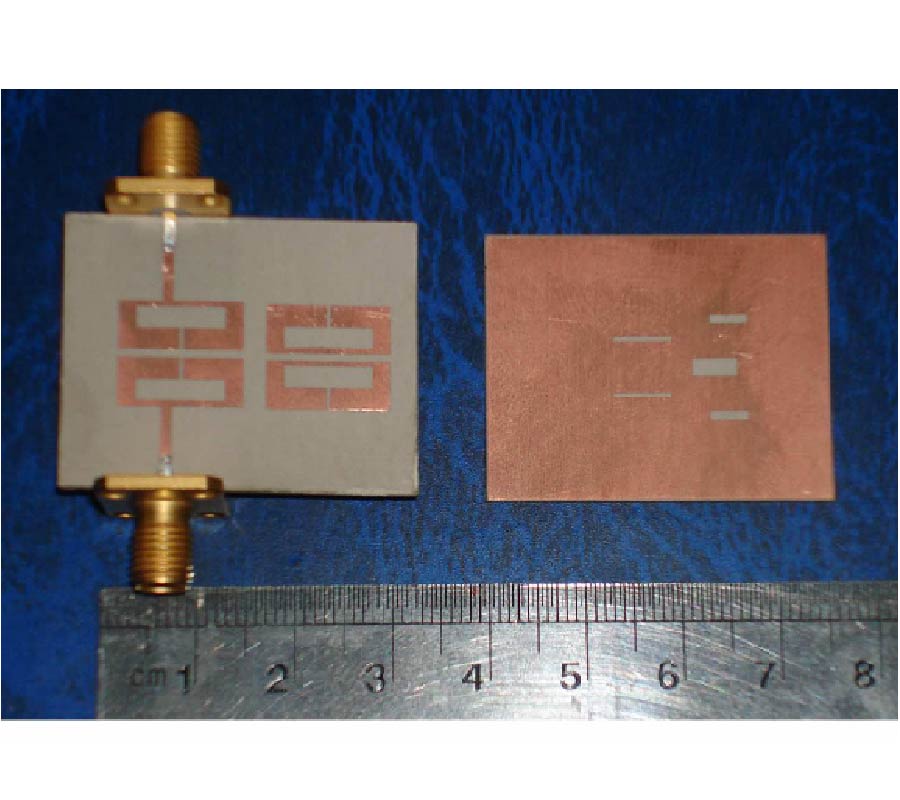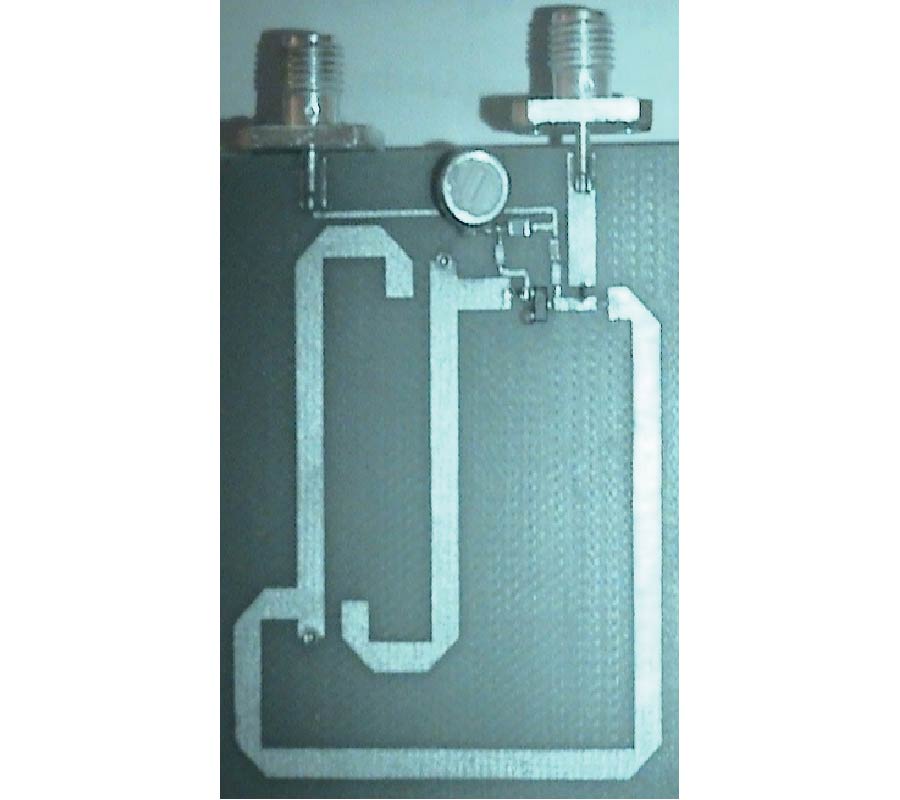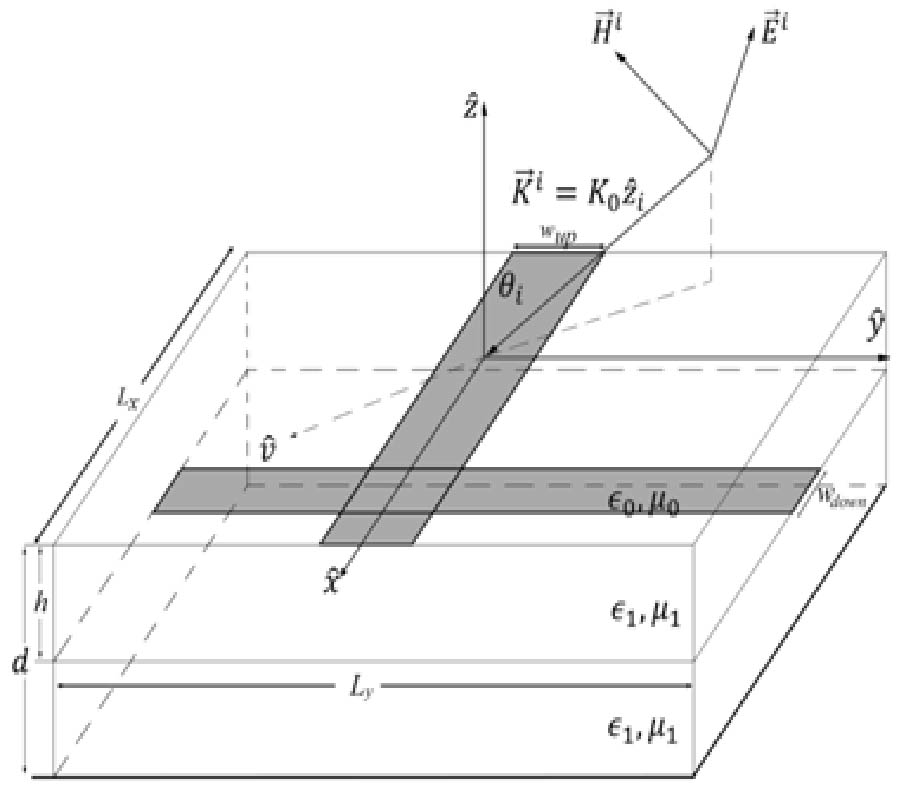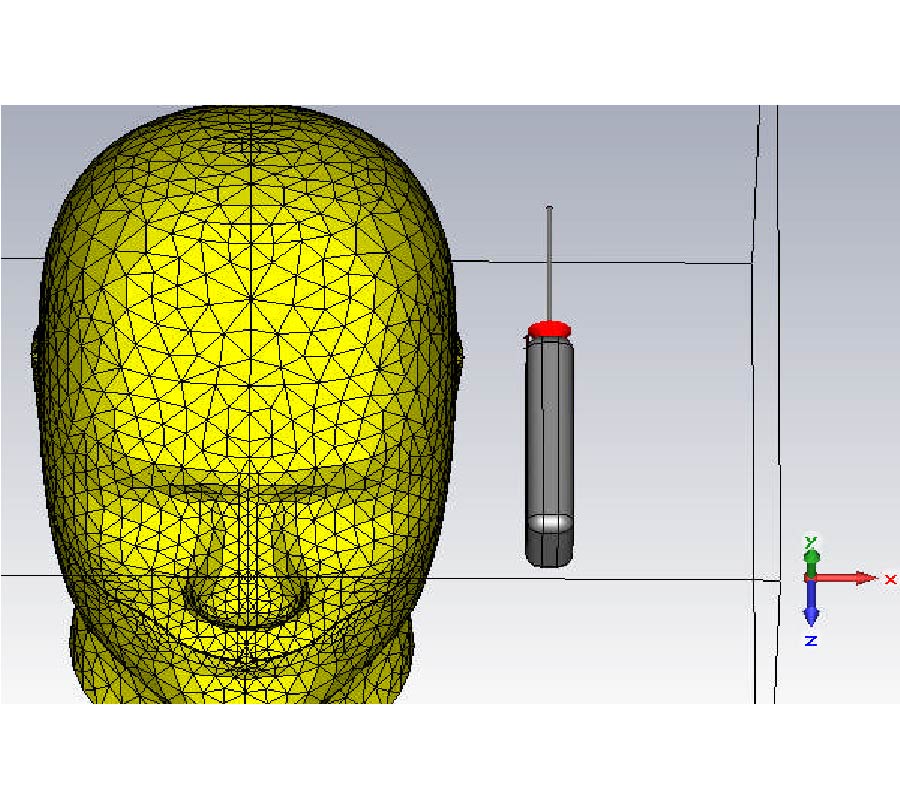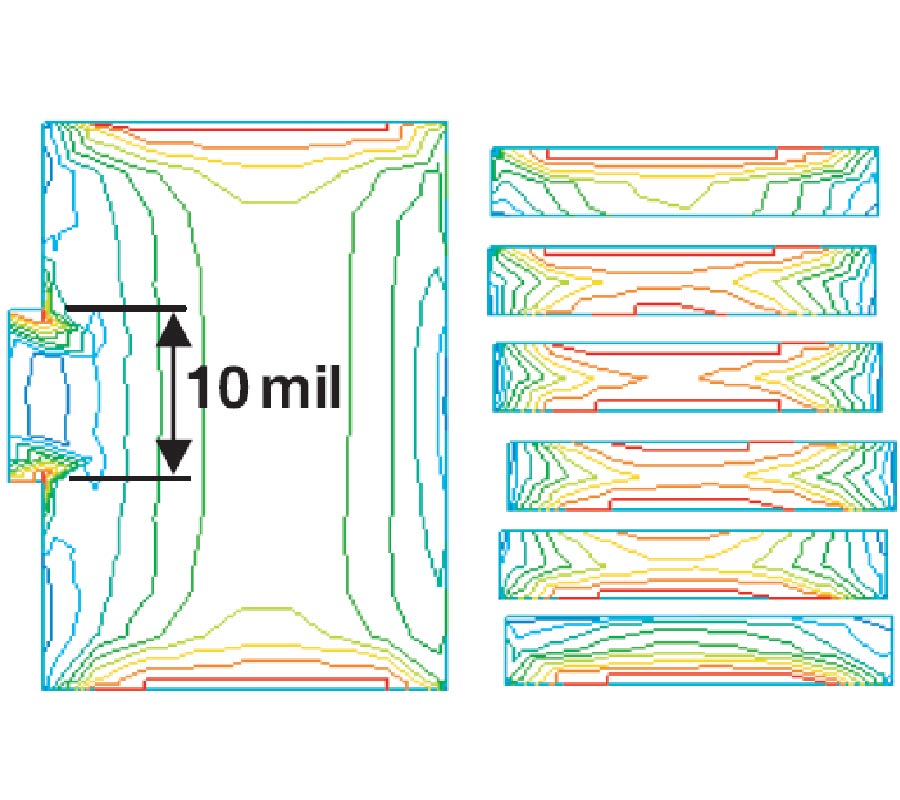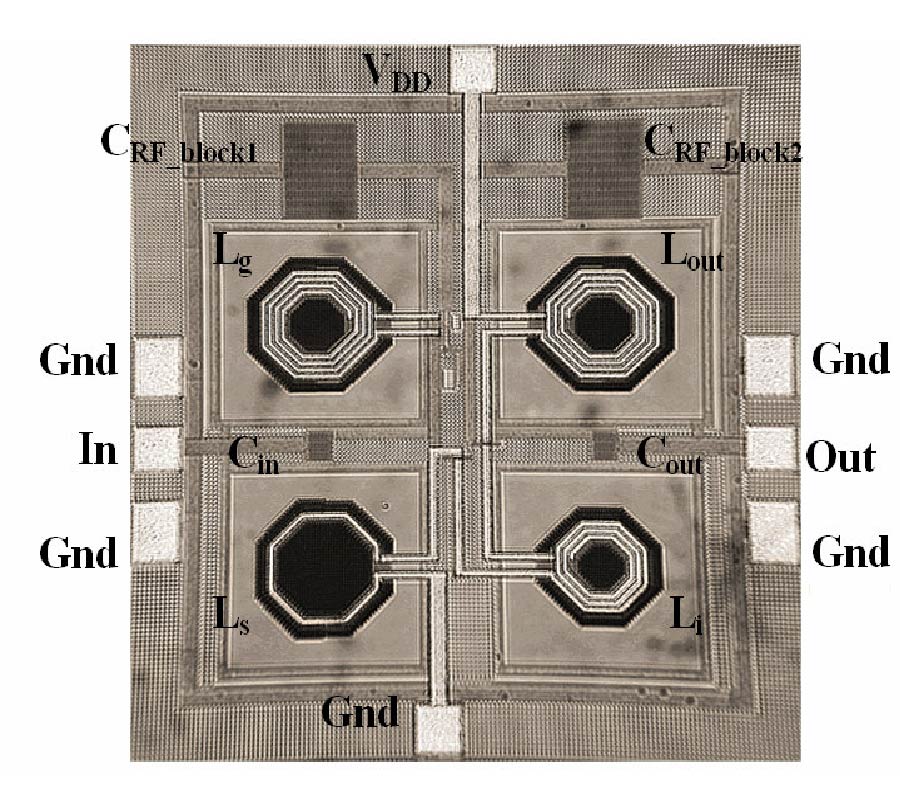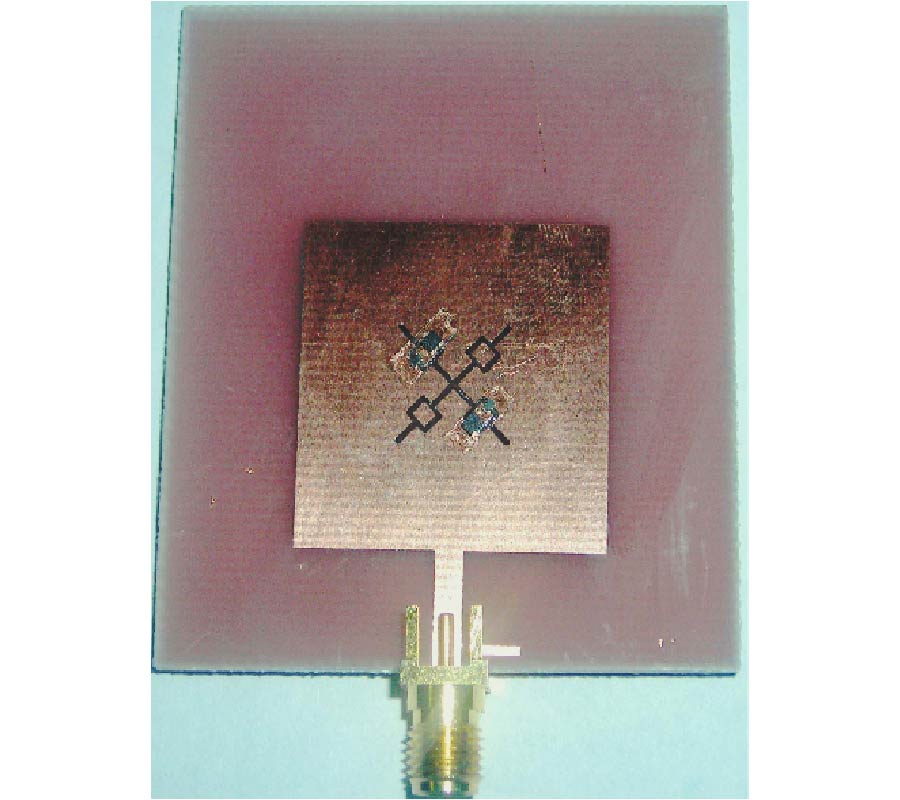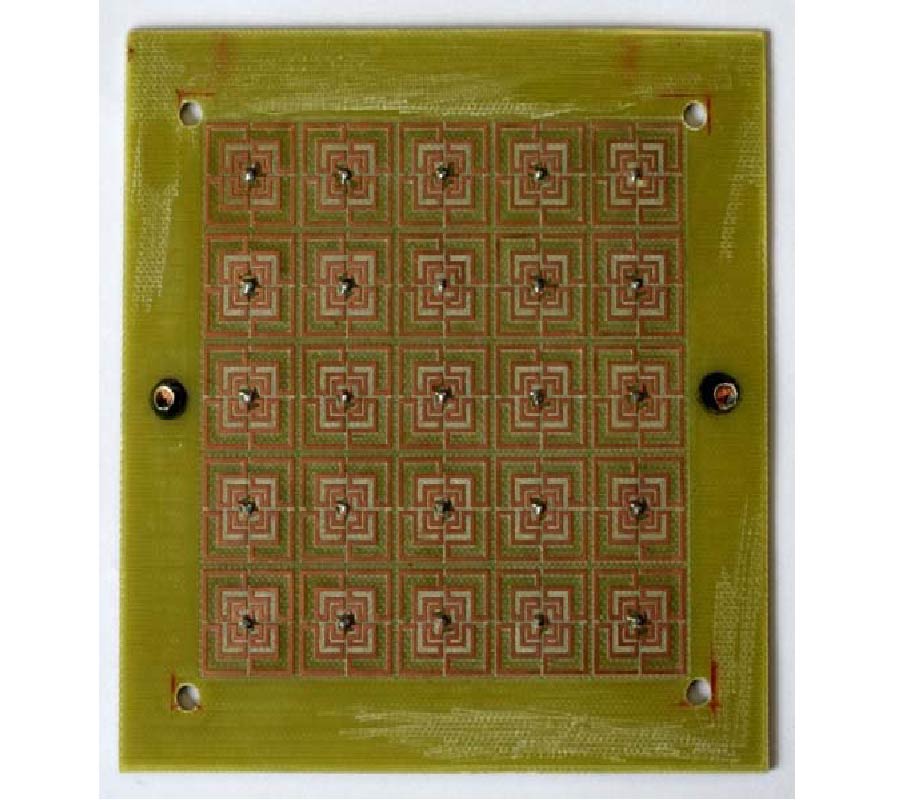2009-08-19 Latest Published
By Nan-Wei Chen
Yi-Chung Liang
Progress In Electromagnetics Research C, Vol. 9, 193-207, 2009
Abstract
A planar, circular monopole antenna (PCMA) with satisfactory radiation characteristics over an ultra-broadband is demonstrated. Compared to the classical coplanar-waveguide (CPW) fed PCMA, the radiation characteristics of the proposed CPW-fed PCMA are significantly improved, particularly at the frequencies around the higher band edge. This improvement is achieved by exploiting a tapered and periodically corrugated edge design to the CPW ground plane. The tapered and corrugated ground-plane edge design, in essence, modifies the current distribution on the circular disc as well as along the edges of the ground plane. With this design, the cross polarization radiation is remarkably reduced, and the pattern deterioration, especially at the planes perpendicular to the plane of the antenna, is greatly alleviated. The demonstrated CPW-fed PCMA features an over 150 % VSWR=2 fractional bandwidth (0.81-5.87 GHz) and promises satisfactory radiation characteristics over the entire band. The proposed PCMA is poised for applications in wideband/ultra-wideband communication systems.
